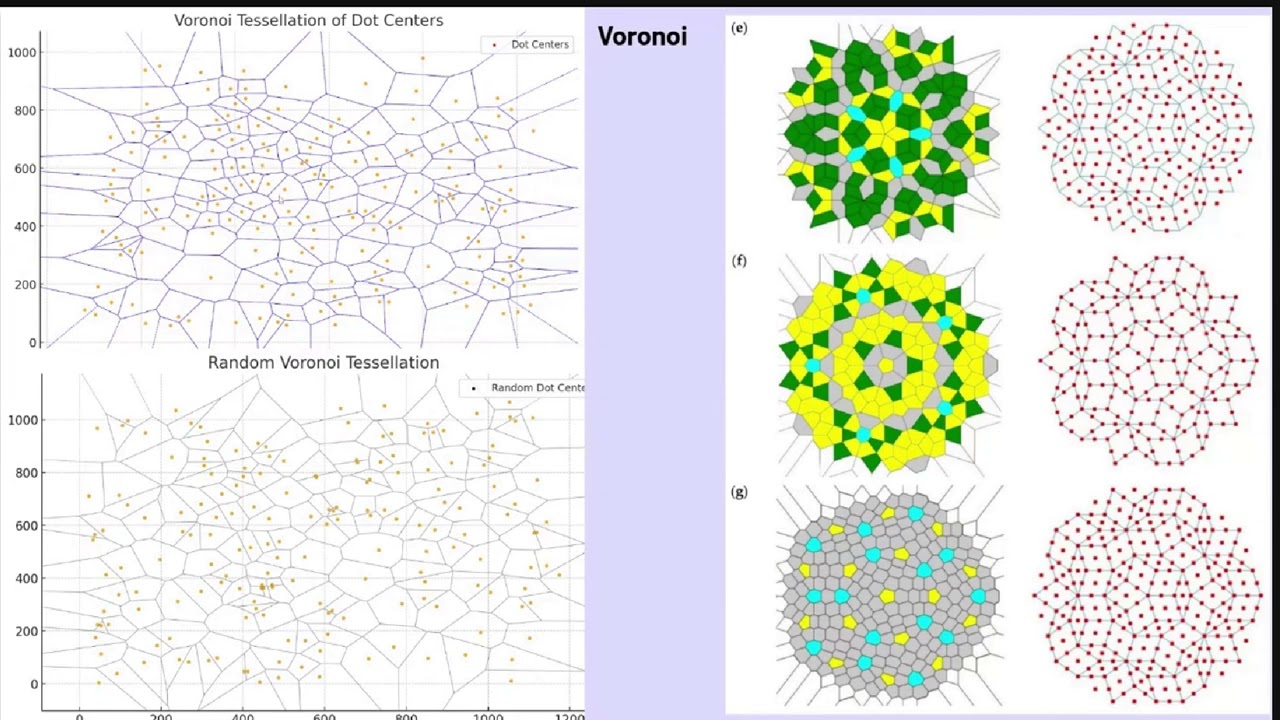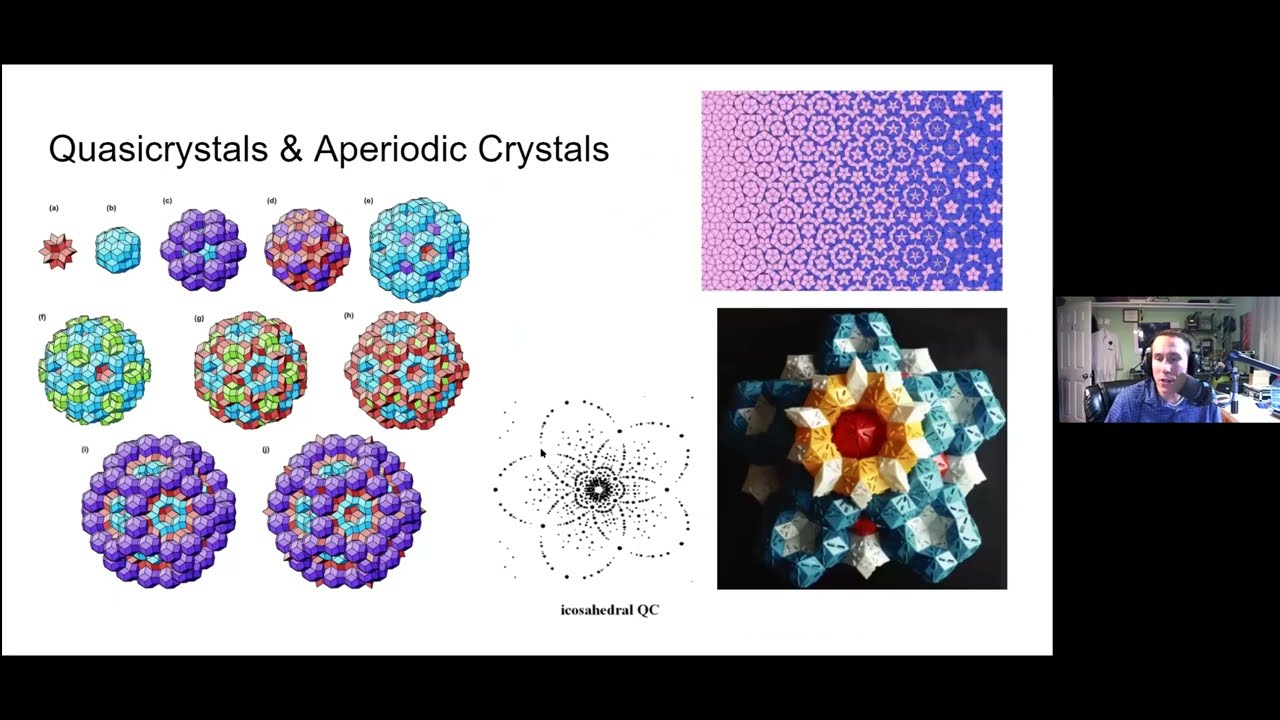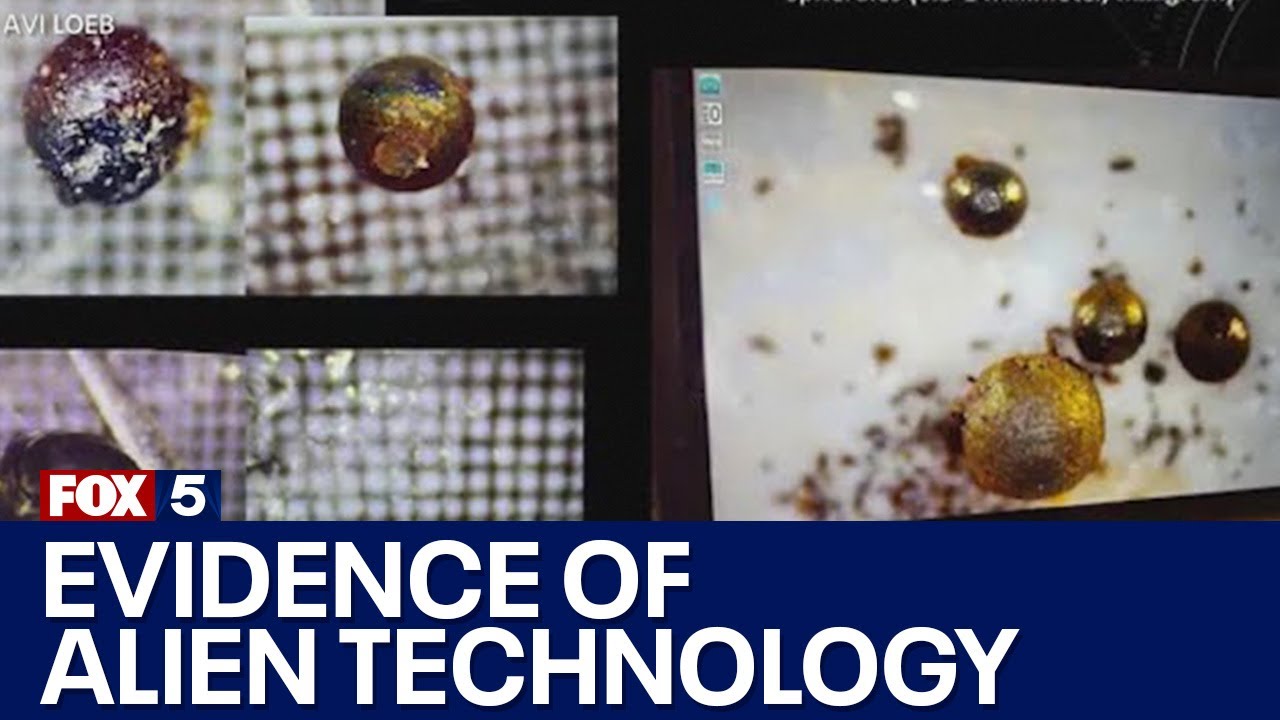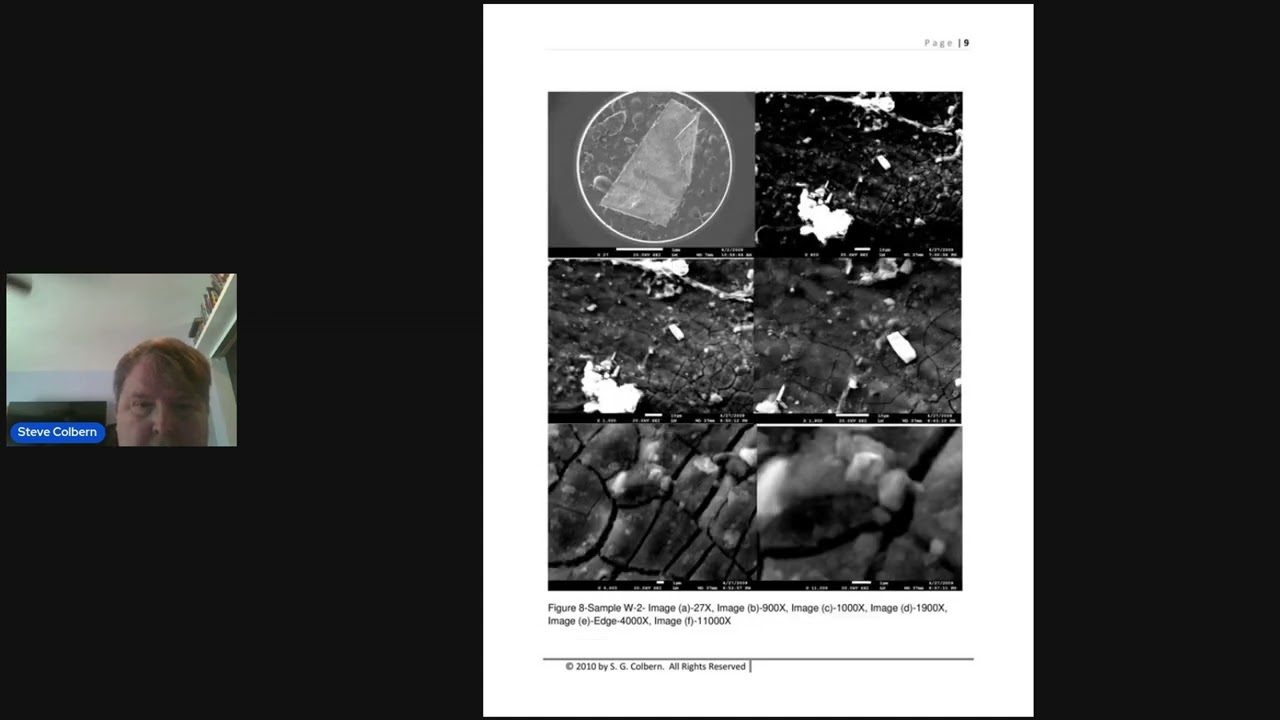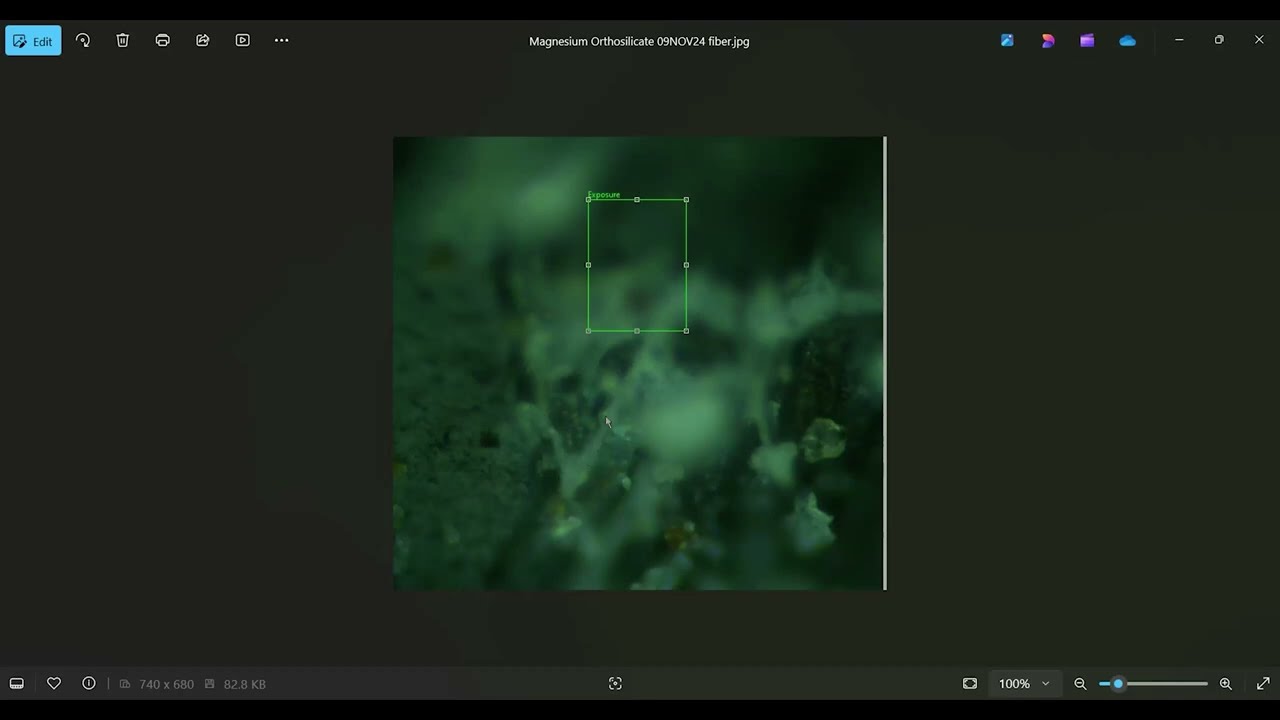Art’s Parts: UFO Metallurgy & Propulsion Experiments
Jarod Yates discusses field-effect propulsion experiments during a Nov 2024 meet-up at Falcon Space and describes the results of his metallurgical analysis of the Art’s Parts purported UFO sample, which has anomalous optical reflectivity & reflectivity, as well what appears to be hexagonal structures on the surface and the possible of micro- or nanostructures within the material itself.
Researchers spent a week at Falcon Space Labs conducting experiments, including testing a low-friction electric thruster based on the Biefeld Brown effect, achieving 11 kilovolts before arcing. Further experiments involved a novel high-voltage “Campbell Thruster” from Nam Tran, showing promising results in a high vacuum environment, potentially indicating a new type of ion thruster or even unknown physics.
Analysis of the Art’s Parts UFO sample using an upgraded metallurgical microscope revealed ultramicroscopic whiskers (<1 micron diameter), possibly formed by high-voltage application, originating from a central structure on the bismuth side. These microstructures resemble tin whiskers but are significantly smaller. Further analysis, including isotope ratio analysis of magnesium, zinc, and bismuth, is planned to determine the origin and composition of these materials and potentially pinpoint the original source of the UAP sample.
Propellantless Propulsion Experiments:
The research team conducted experiments focusing on low-friction electric thrusters, a variation on the B-field Brown effect. A key experiment utilized a low-friction carousel design incorporating parallel plate capacitors, Kapton tape, and galistan (a liquid metal) as a conductive bearing. This setup achieved 11 kilovolts before arcing, highlighting the need for improved insulation. While the thrust generated was low (approximately 1 millinewton or less), the results are promising for future propellantless propulsion systems.
Further experiments involved a device developed by Nam Tran. This device, tested in a high vacuum (10⁻⁷ torr), exhibited spinning motion for several minutes, suggesting the possibility of a novel ion thruster or even an entirely new physics principle. Another test with a magnet-mounted version of Tran’s device showed sustained spinning for over 10 minutes before slowing, with the nature of propulsion (propellant-based or propellantless) yet to be determined. These experiments represent significant steps towards developing advanced propulsion technologies.
UAP Material Analysis: Microscopic Discoveries:
A significant portion of the research focused on the analysis of a UAP sample using an upgraded 18MP metallurgical microscope. This analysis revealed the presence of ultramicroscopic whiskers, less than 1 micron in diameter, on the sample’s surface. These whiskers exhibited a distinctive star-shaped pattern, captured in video recordings. Control samples of magnesium orthosilicate (20+ microns wide) were analyzed for comparison.
The UAP sample’s microstructures bear resemblance to tin whiskers, often formed in high-voltage environments, but are significantly smaller (1-2 microns or less). Dozens of these microstructures appear to originate from a central structure on the bismuth side of the sample, with many located within crevices and cracks in this area. Video evidence supports these observations.
Further analysis is planned, focusing on isotope ratios of magnesium, zinc, and bismuth to determine the material’s origin. This isotopic analysis will be crucial in identifying potential sources of the UAP materials and understanding their formation. The origin of these microstructures – accidental or purposeful – remains unknown, requiring further investigation. The ongoing research promises to shed light on the composition and origin of these intriguing materials.
Conclusion:
The research conducted at Falcon Space Labs has yielded significant advancements in both propellantless propulsion and the understanding of UAP materials. The experiments and analyses detailed above represent substantial progress, paving the way for future breakthroughs in these exciting fields. Further research is underway to fully characterize the materials and propulsion systems under investigation.
Register For UFORev
Want to see more great UFO Reverse Engineering stories? Sign up for our mailing list to get exclusive access to captivating presentations, engaging events, and more!
RECENT POSTS
Art’s Parts Sample May Contain Quasicrystals
April 7, 2025
Space Age Materials for UFO Reverse Engineering
April 7, 2025
Harvard Physicist May Have Found Alien Technology
April 7, 2025
San Augustin: UFO Crash Recovery Sample Analysis
April 6, 2025
Art’s Parts: Metallurgical Microscope Analysis
April 6, 2025
